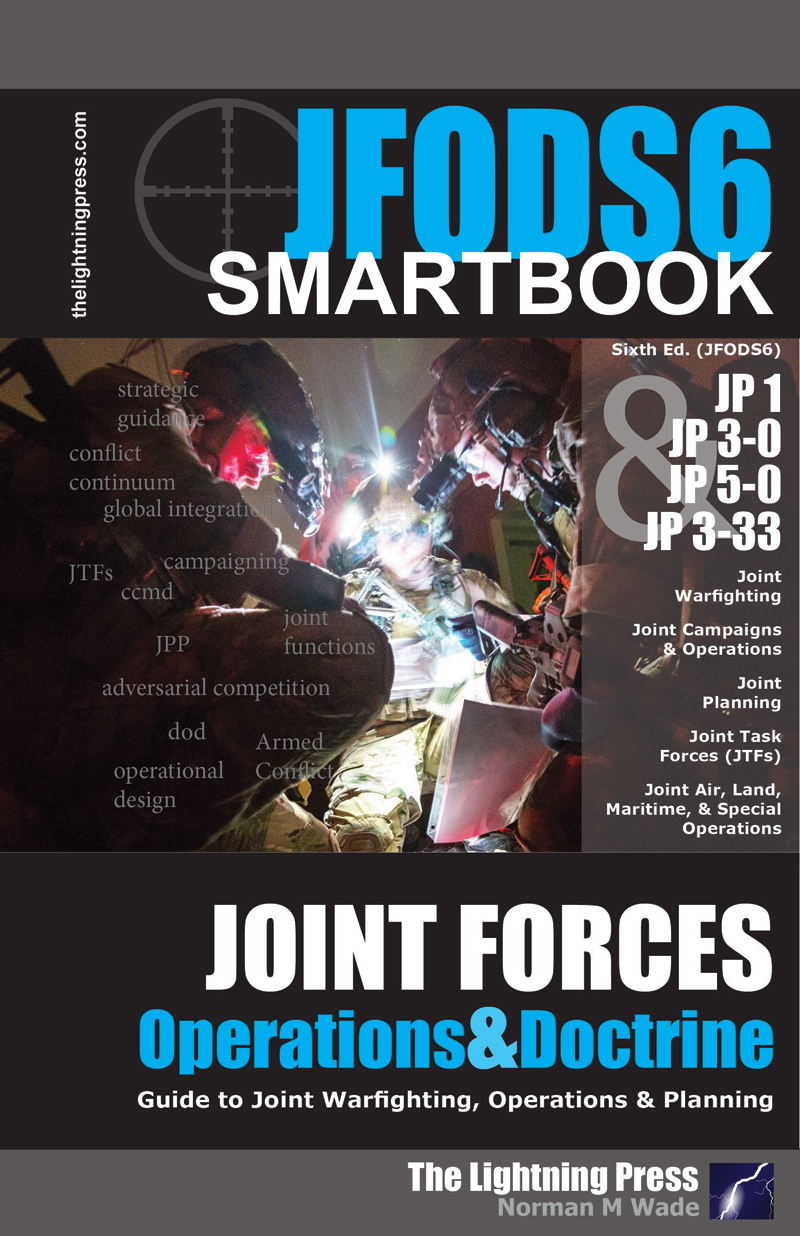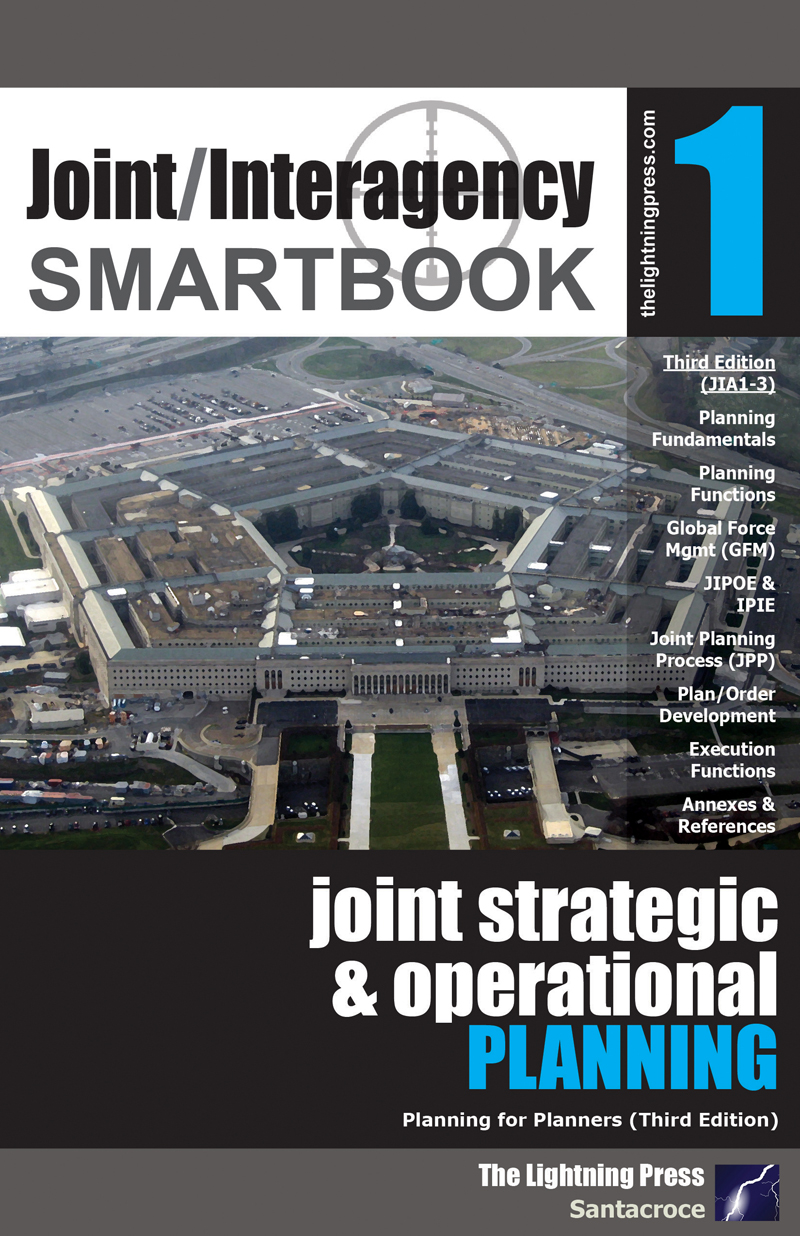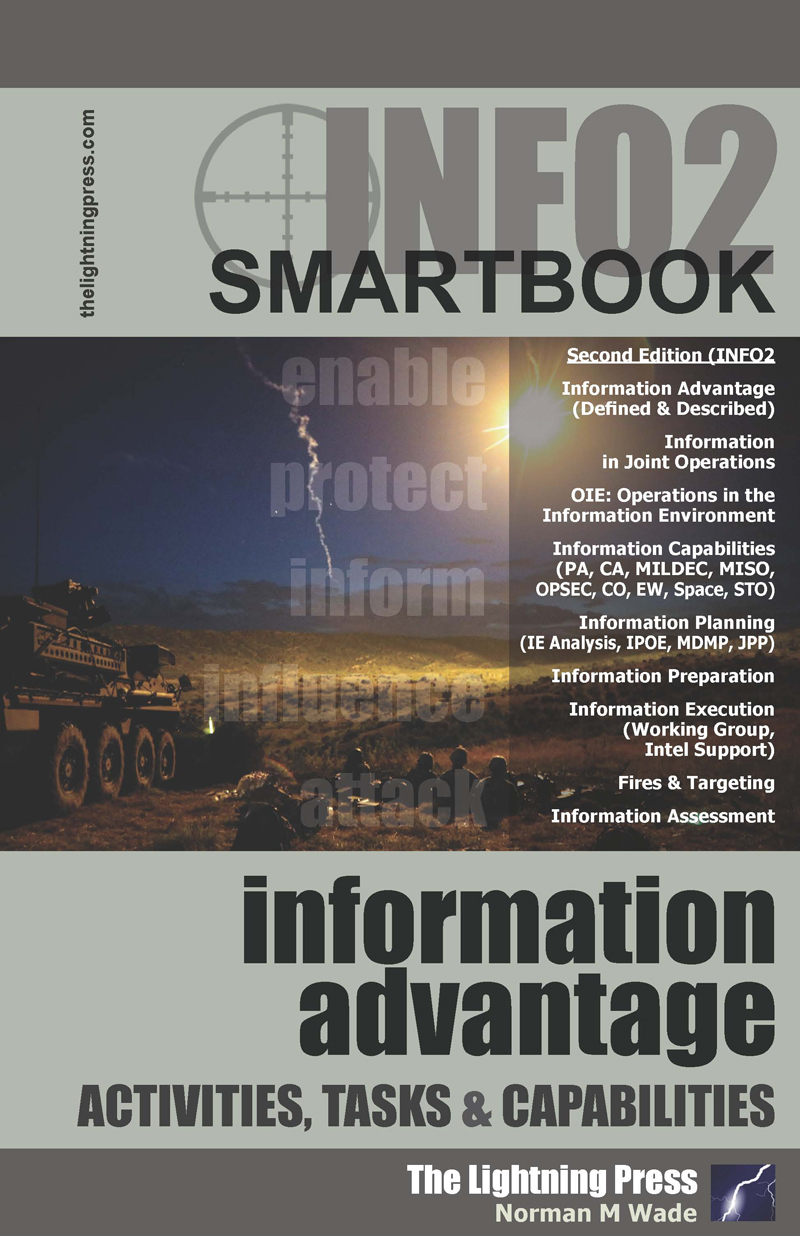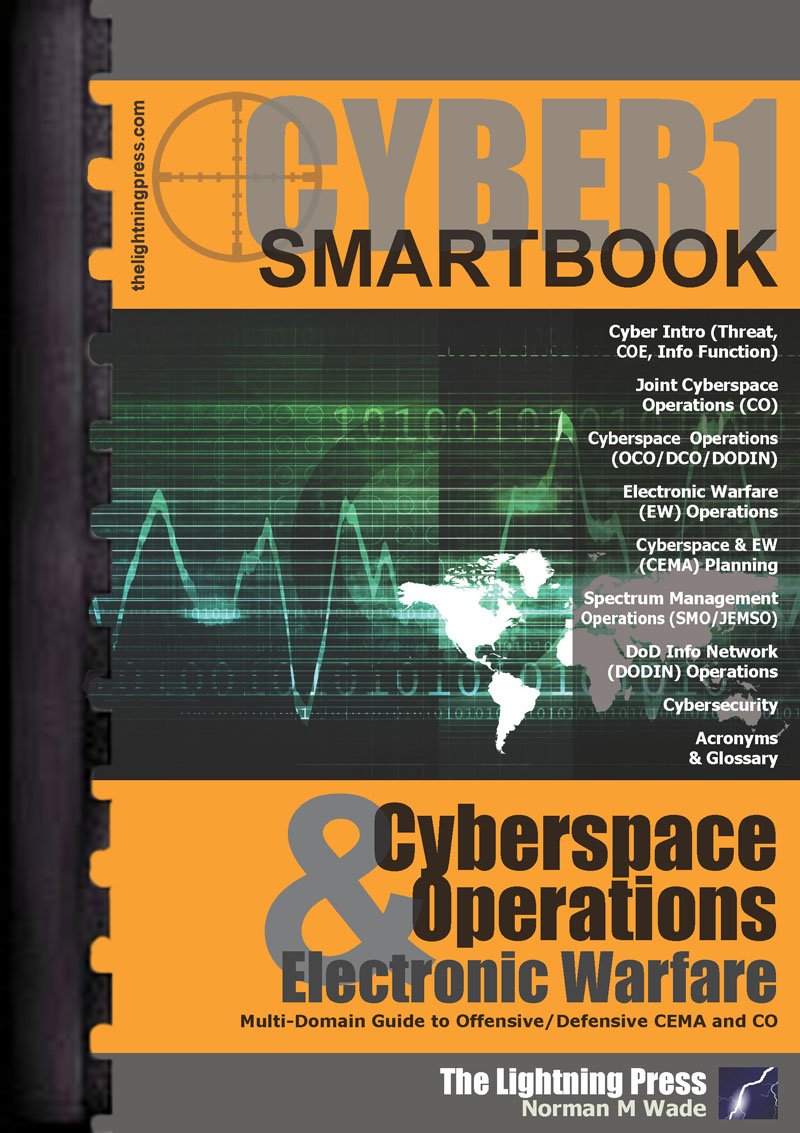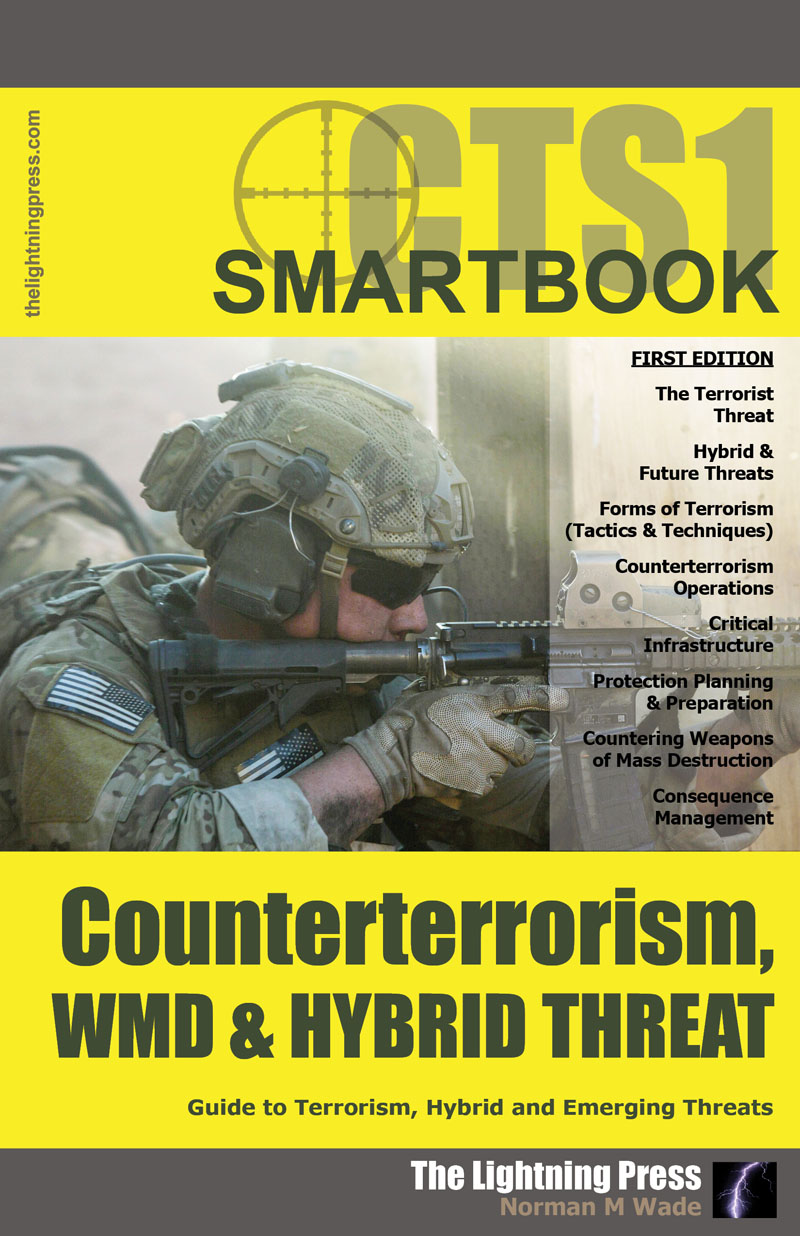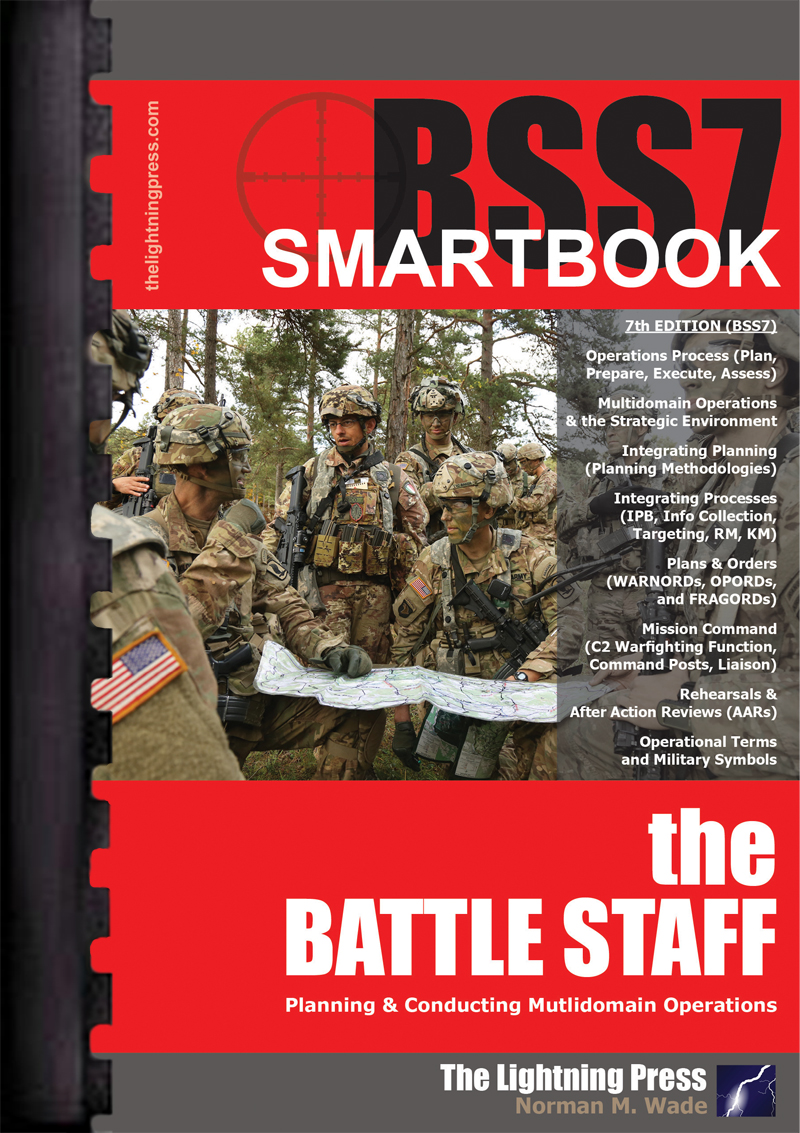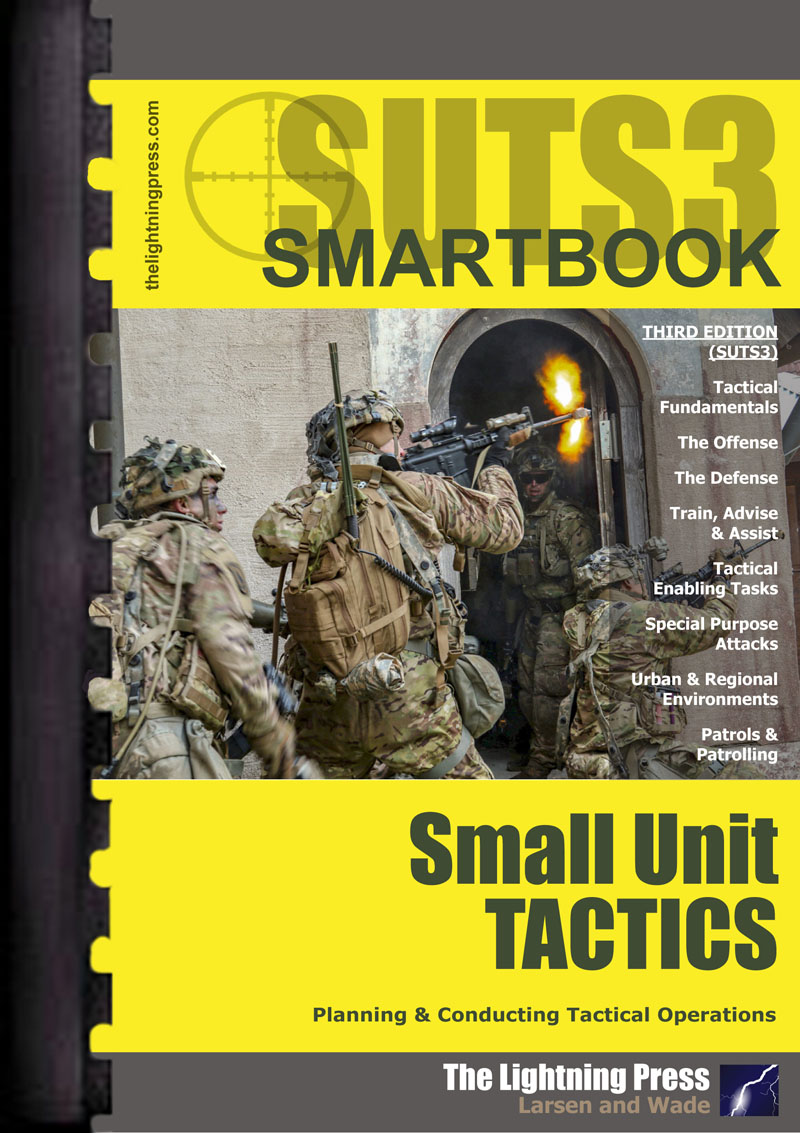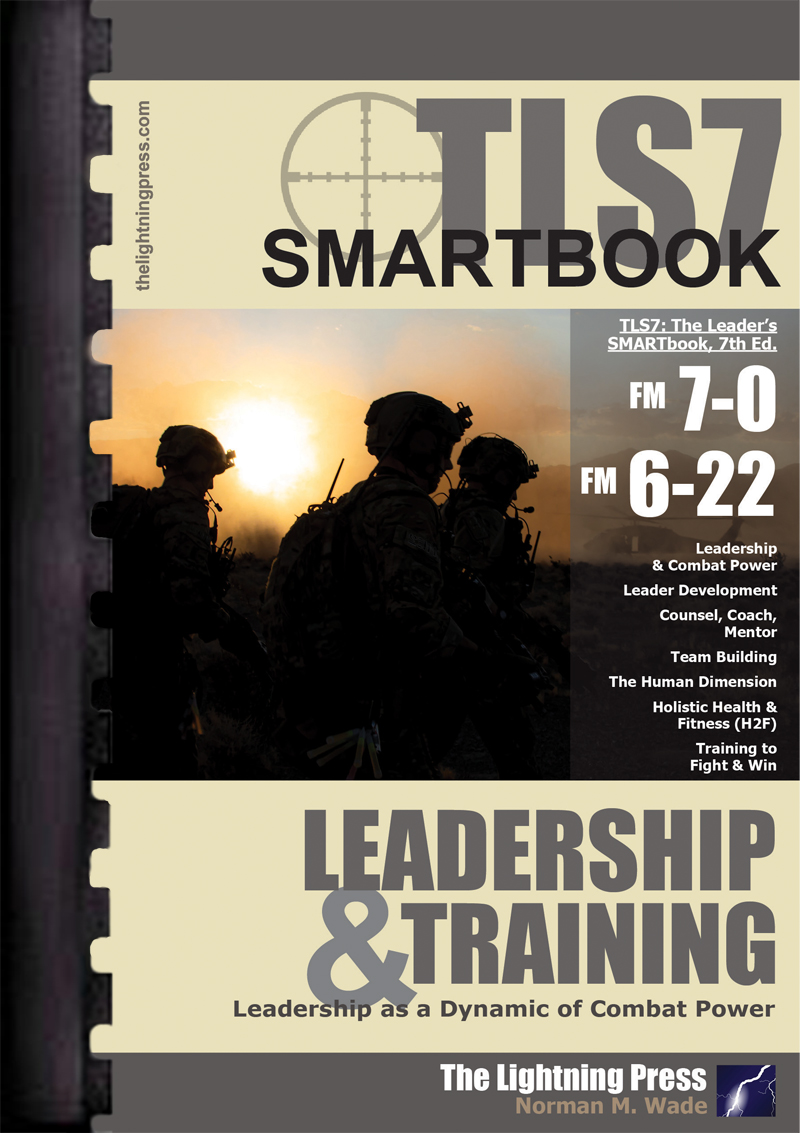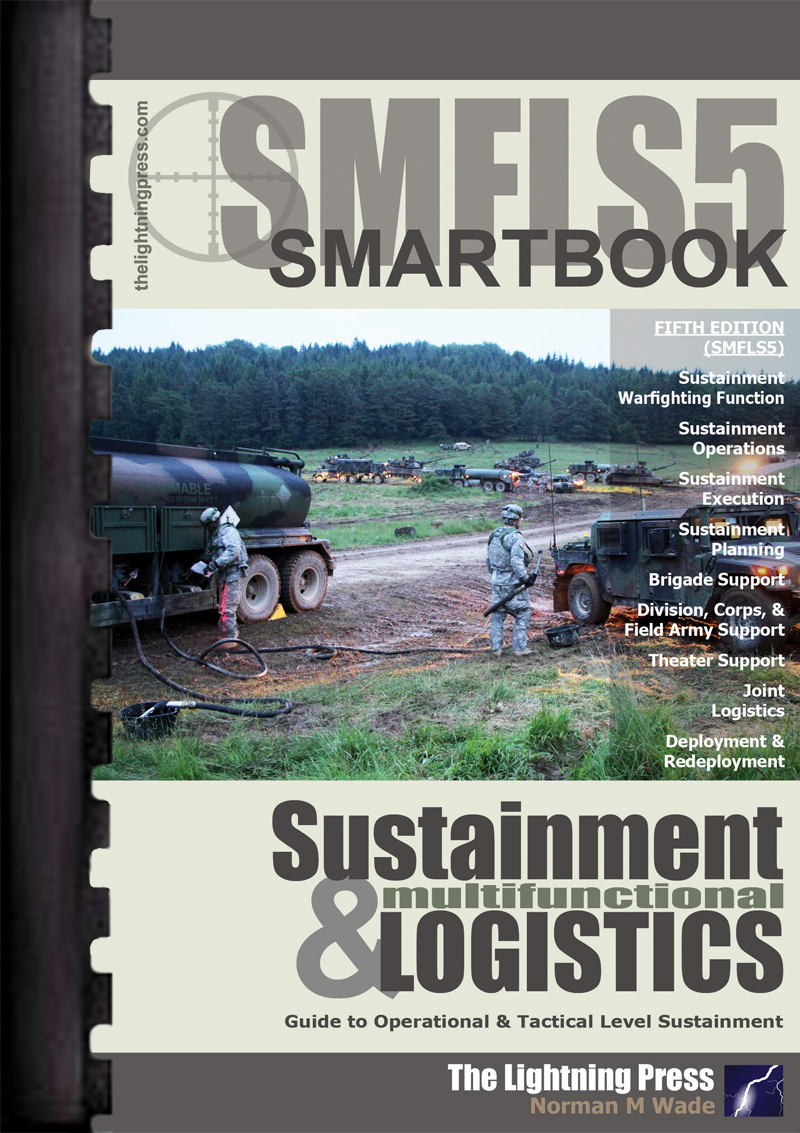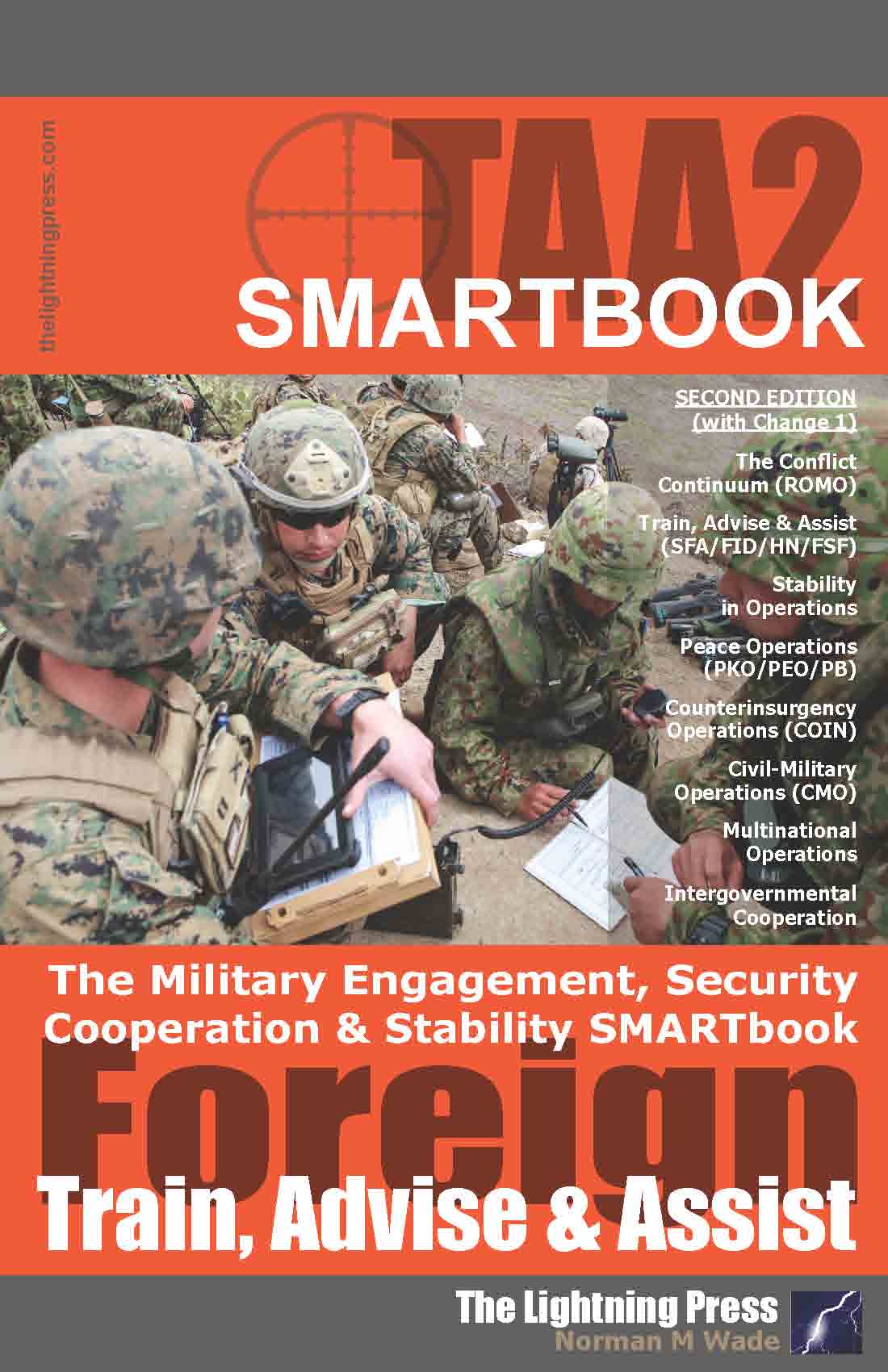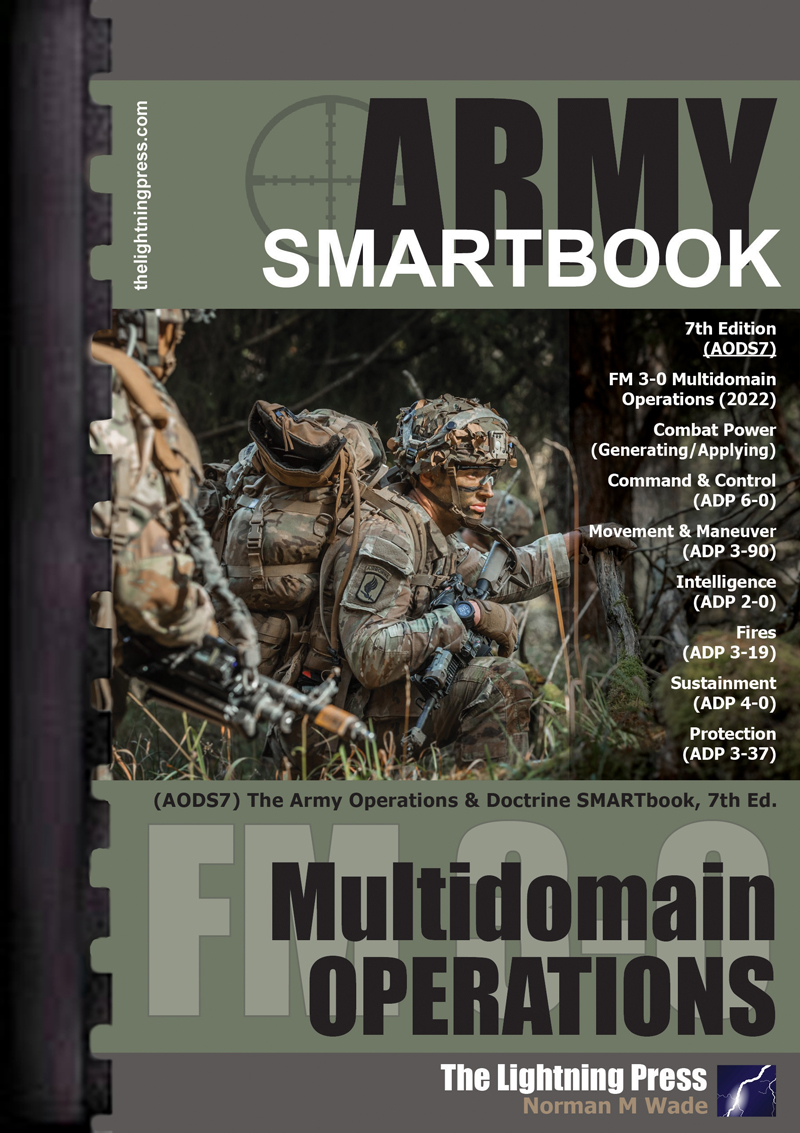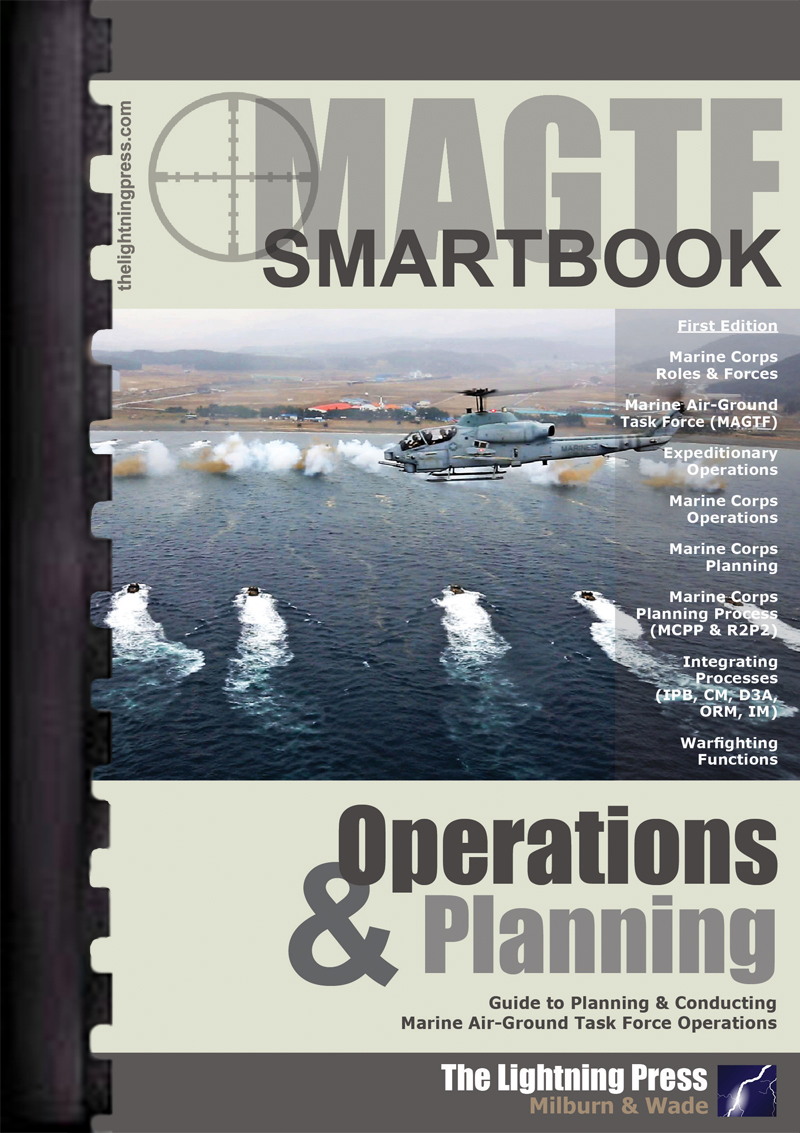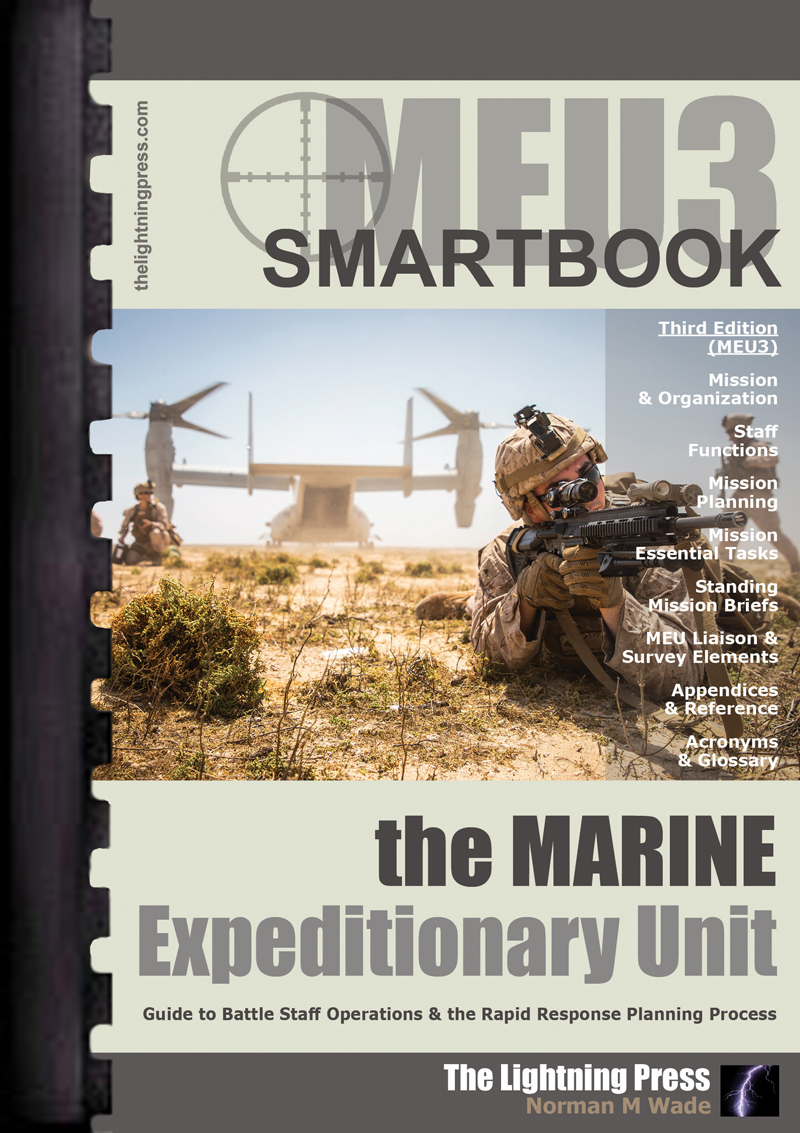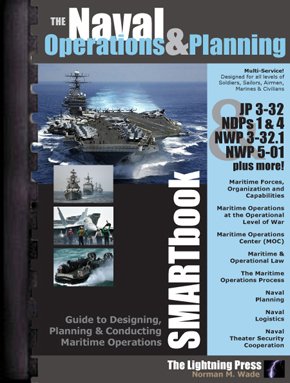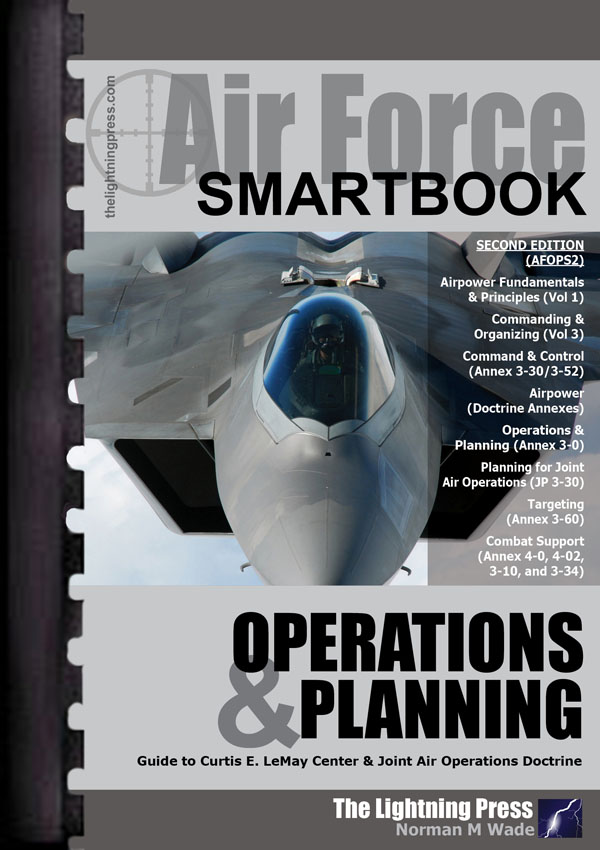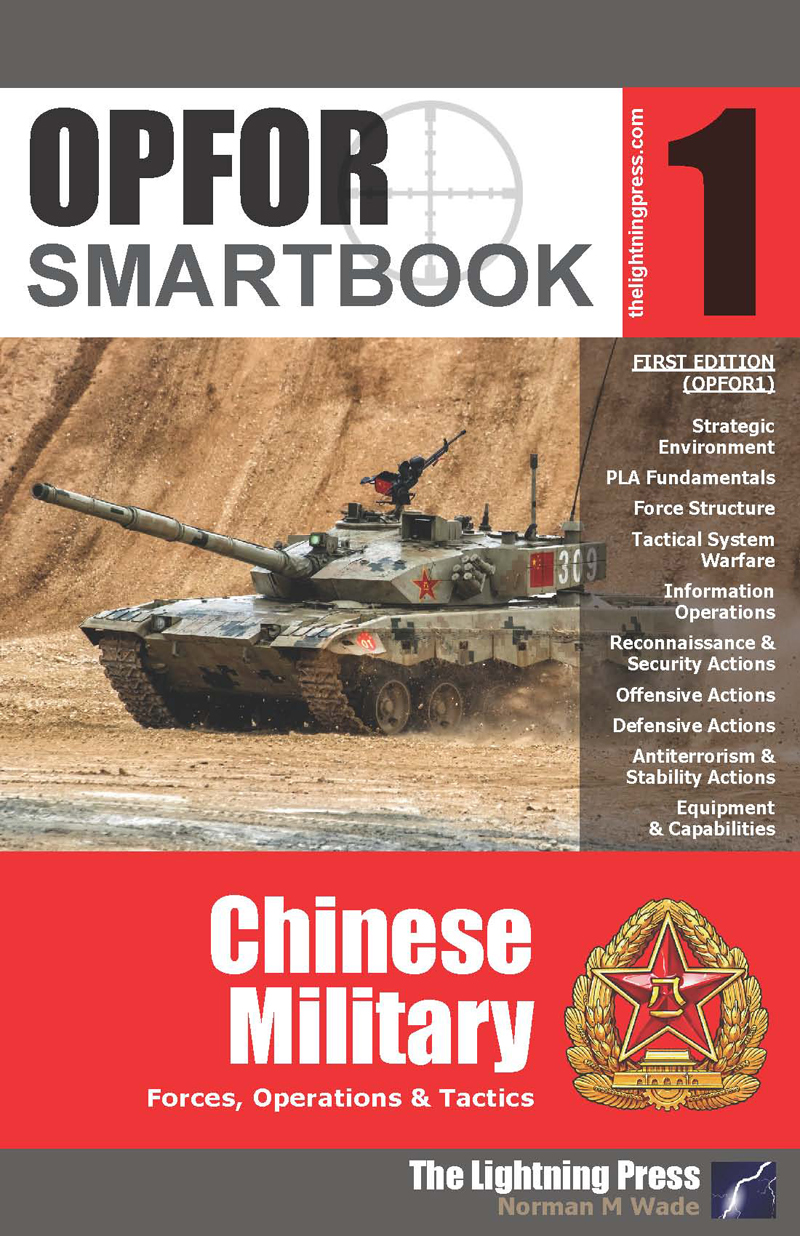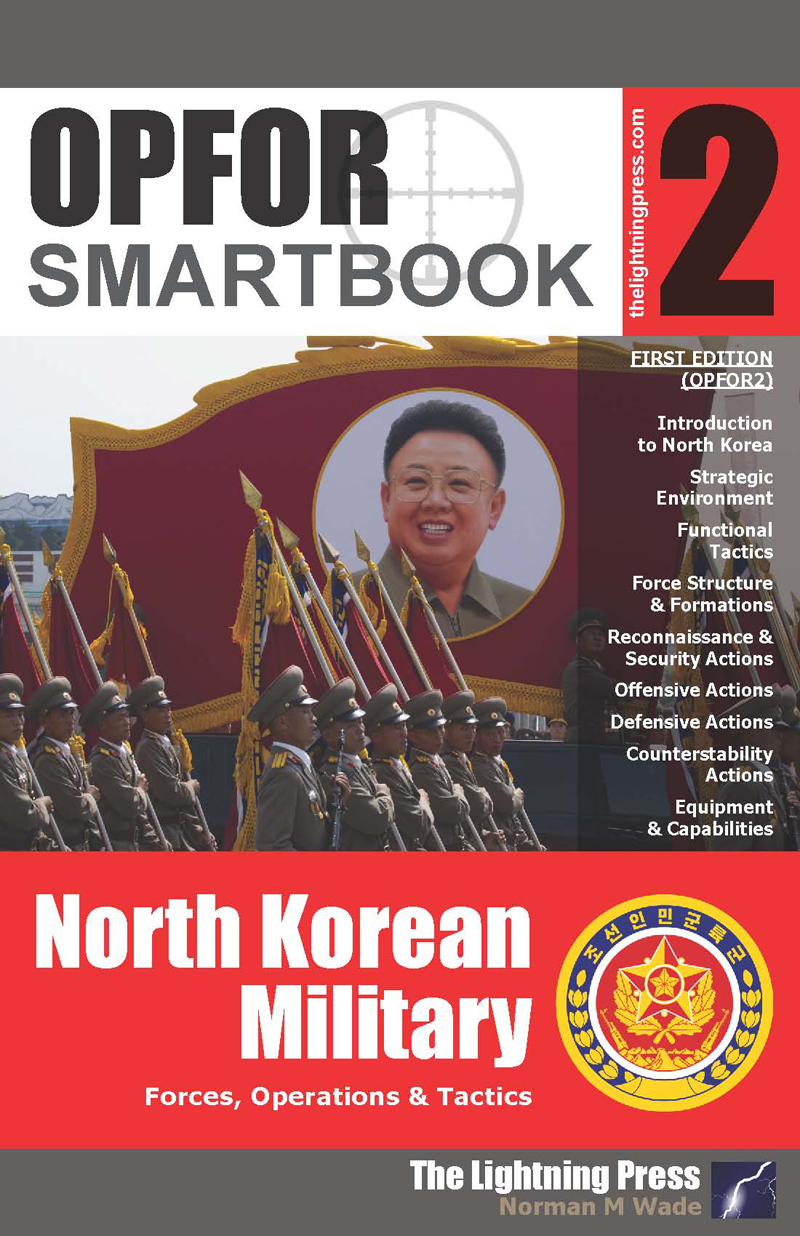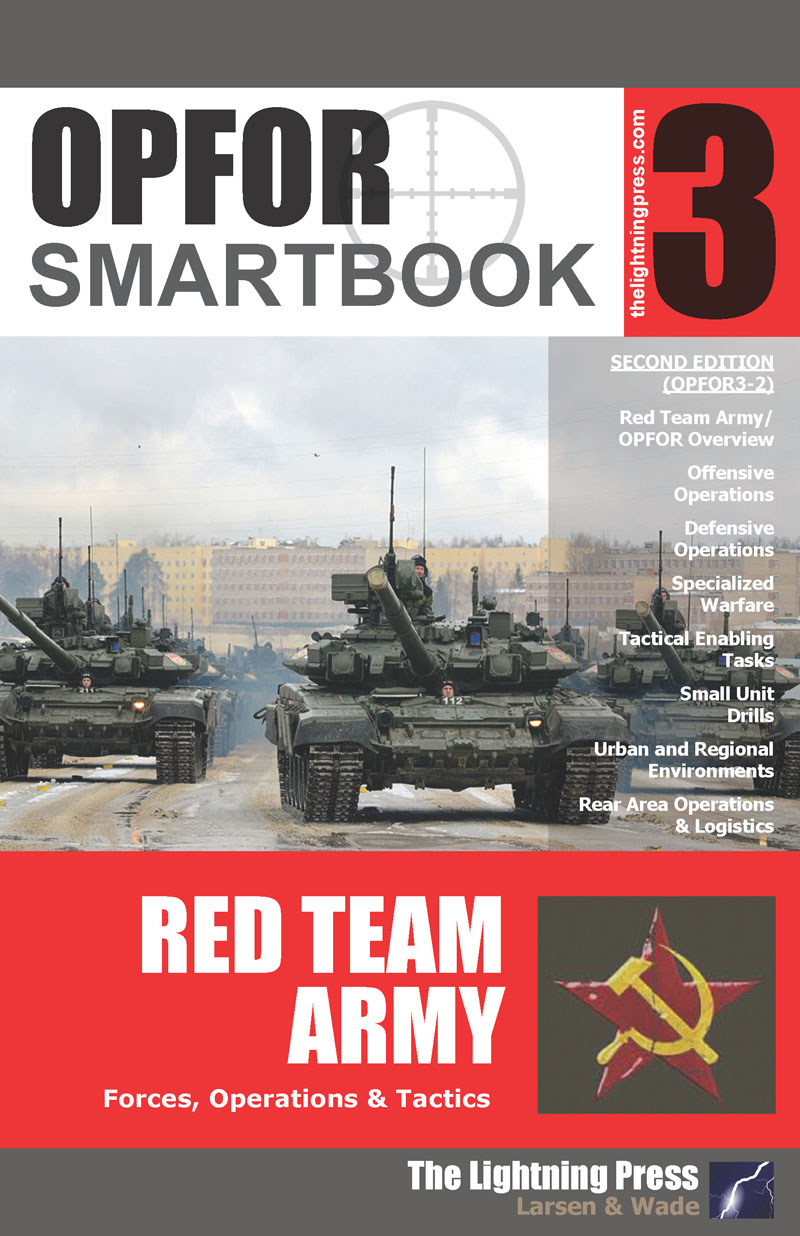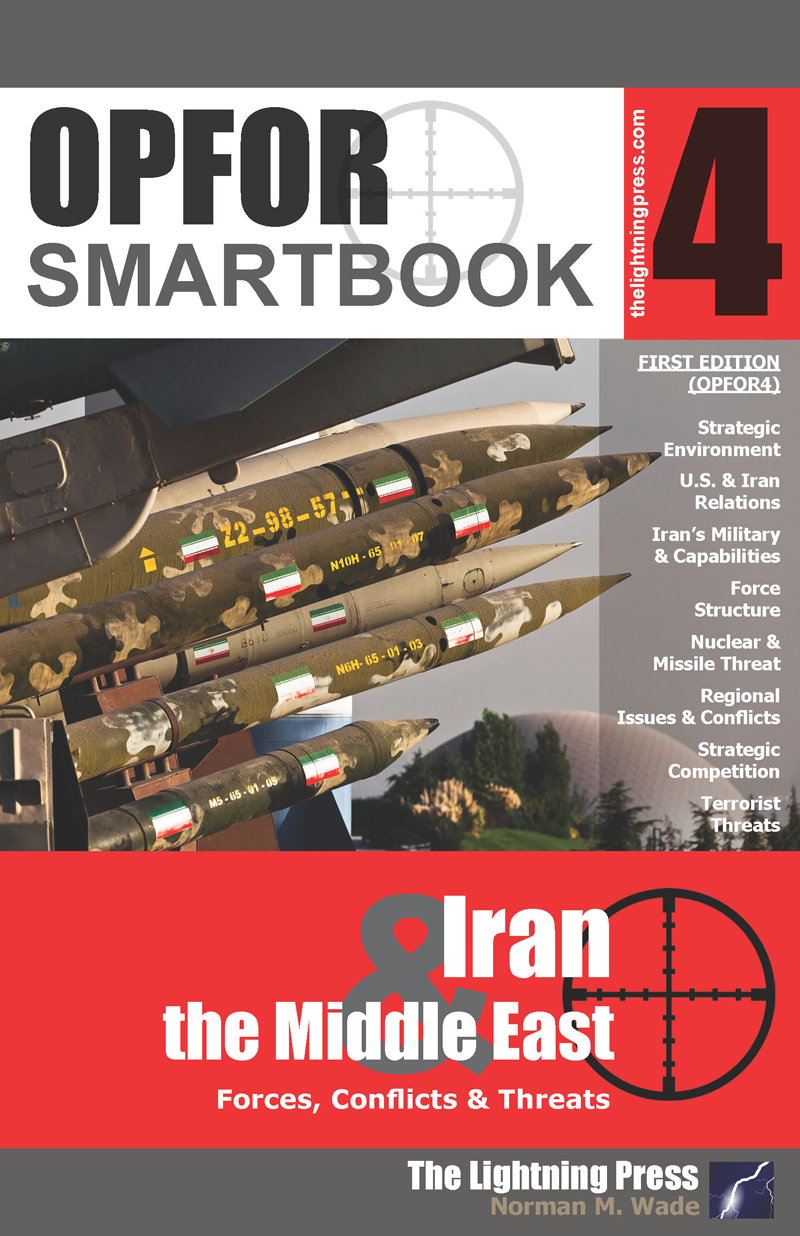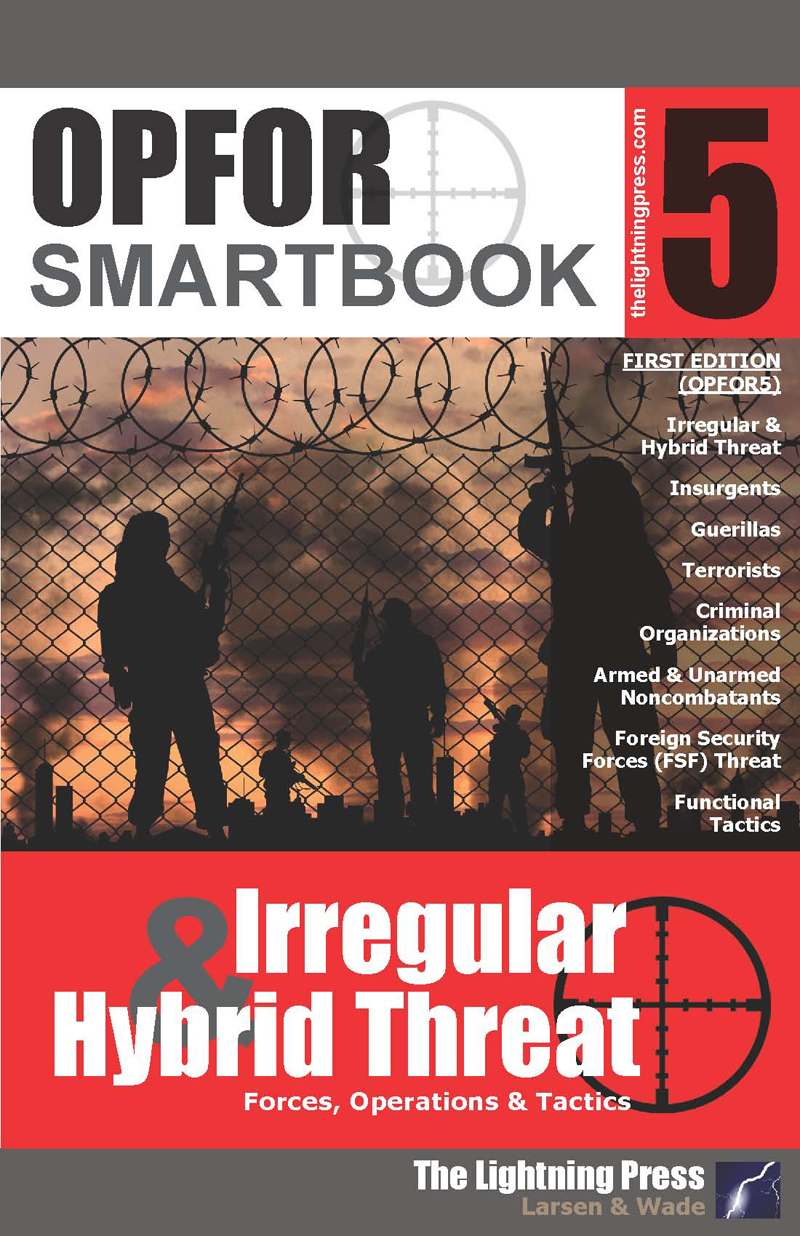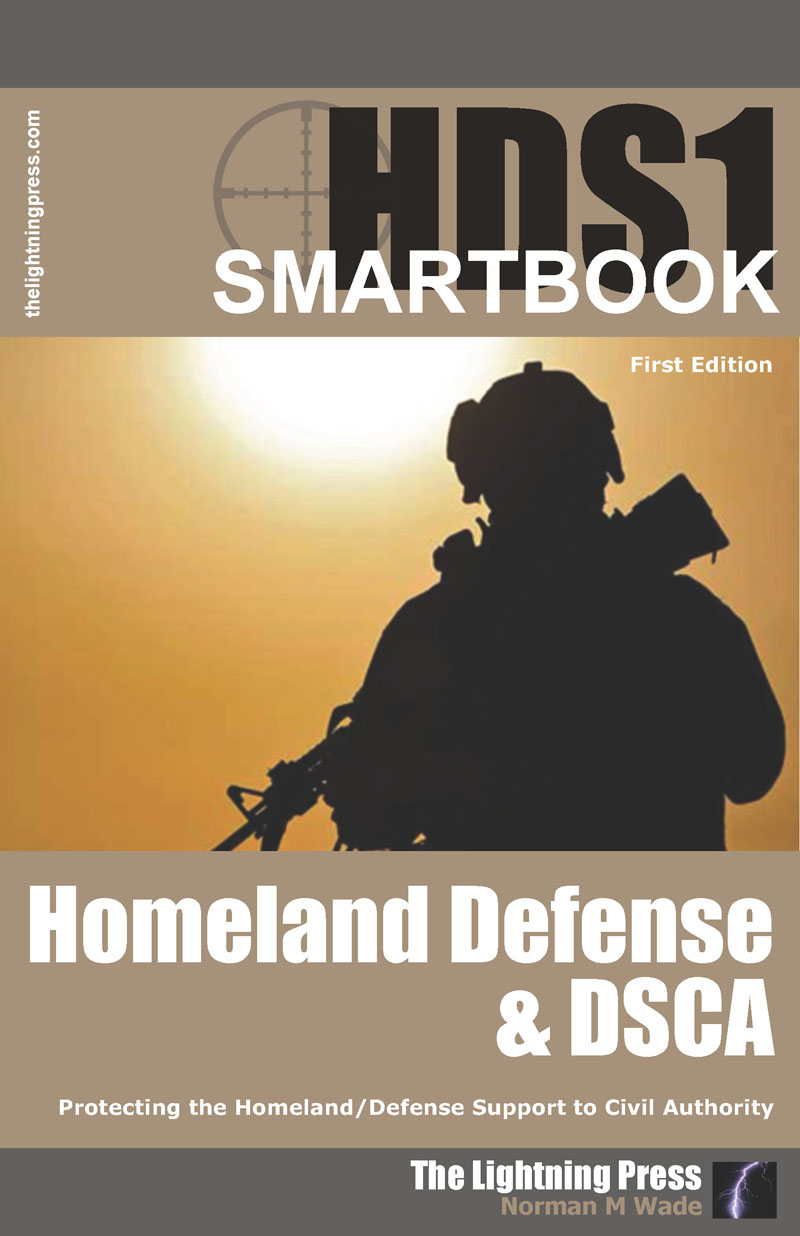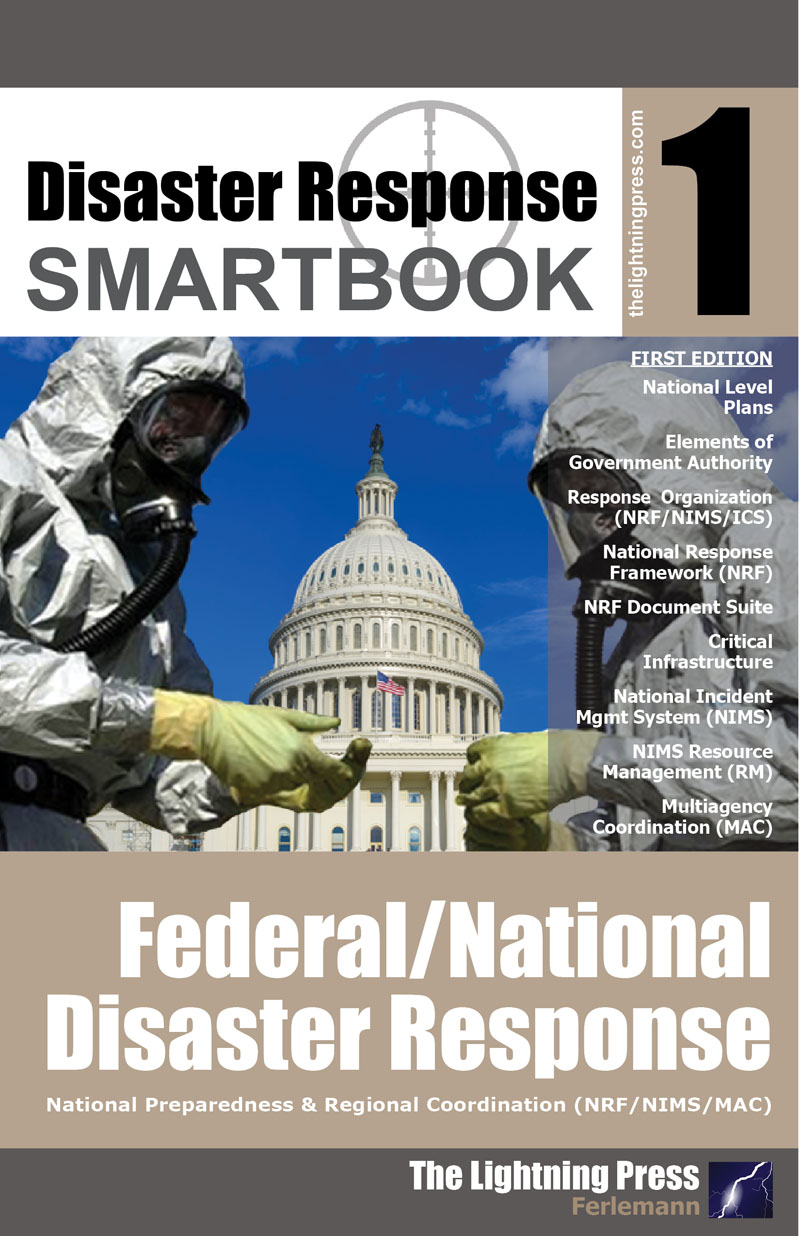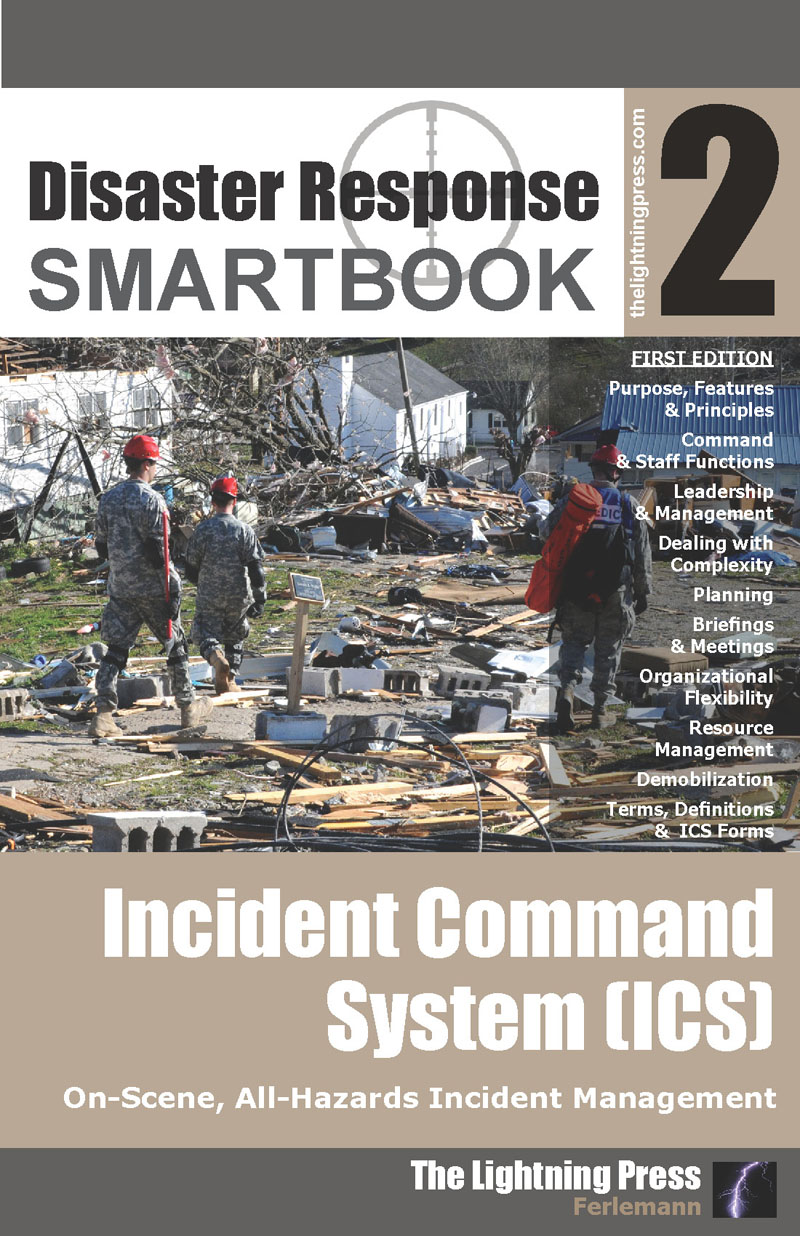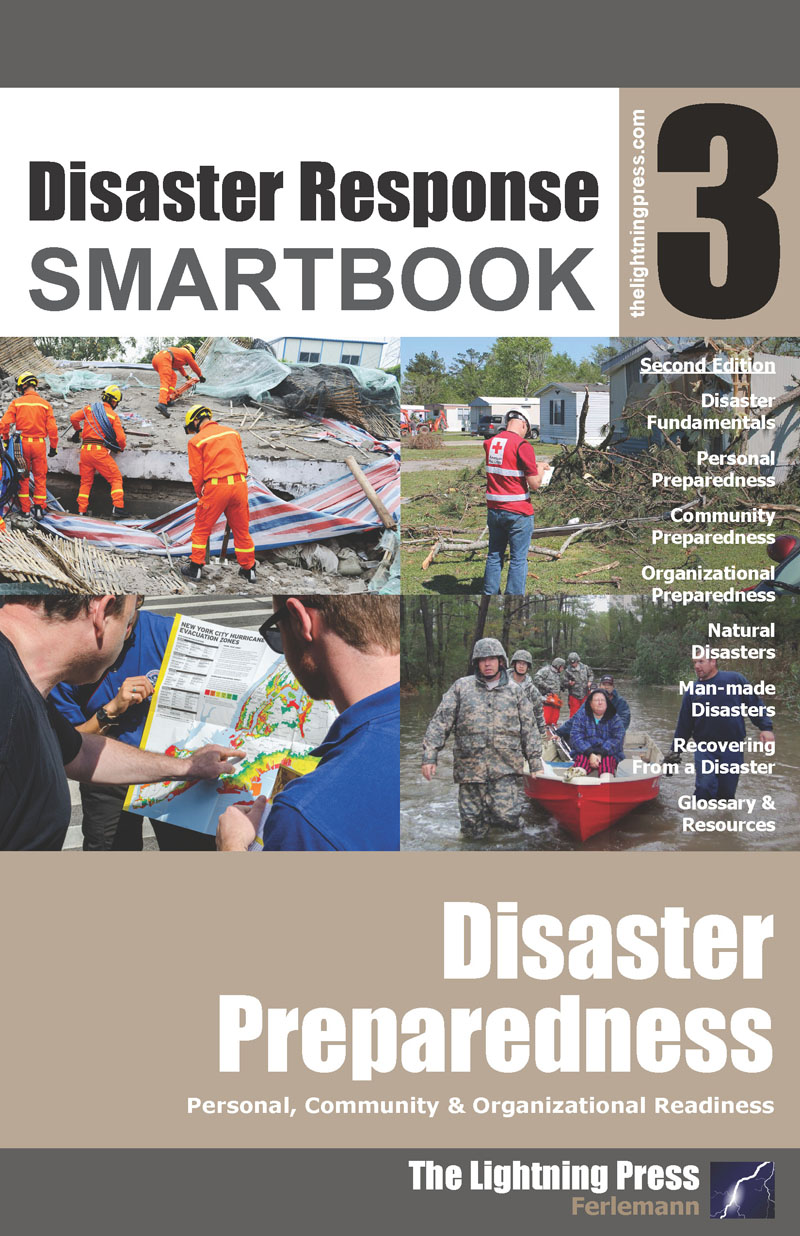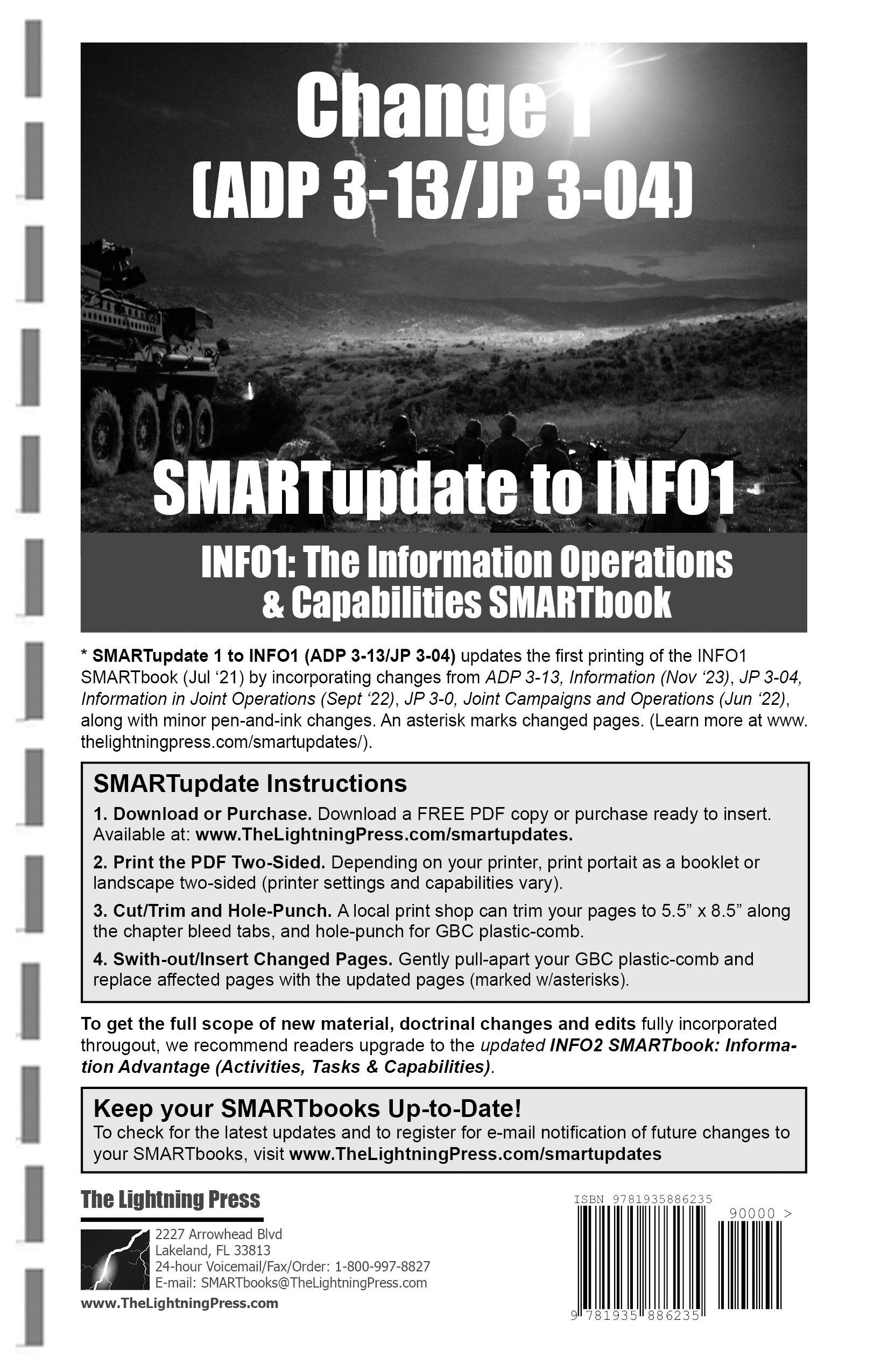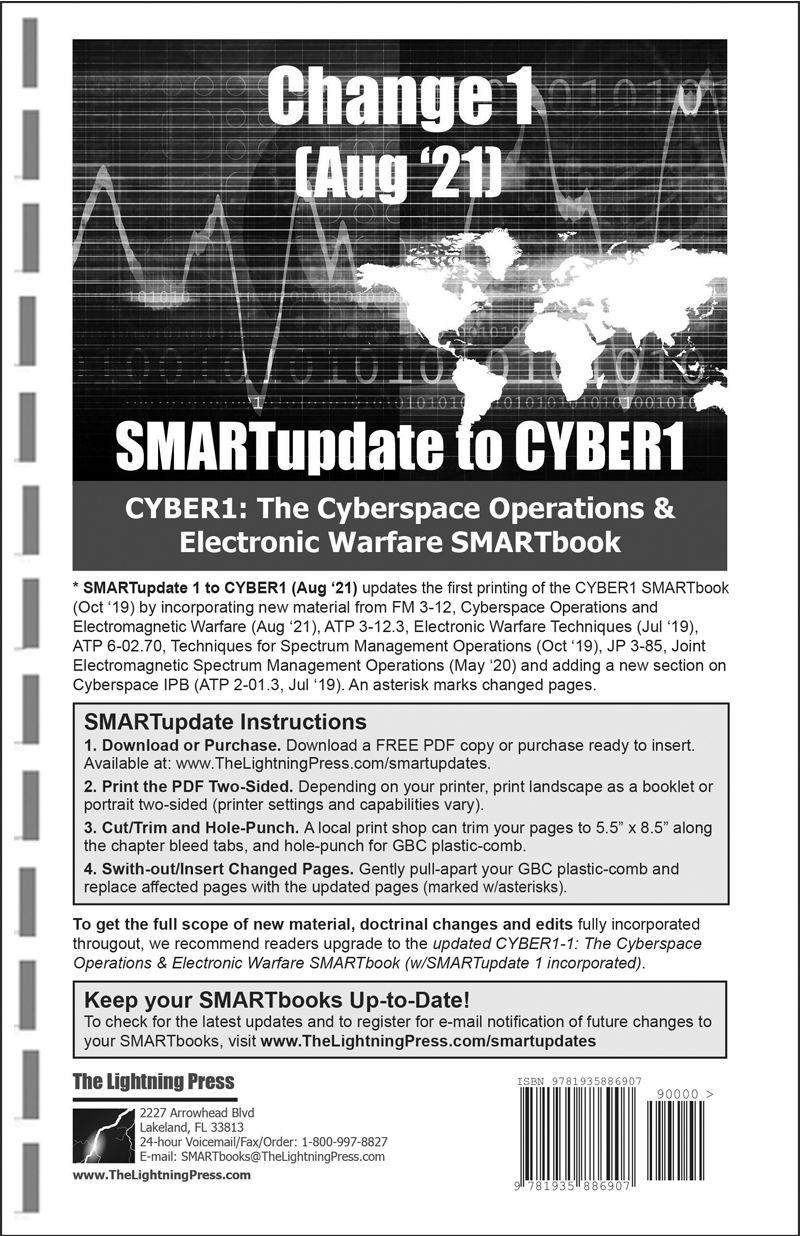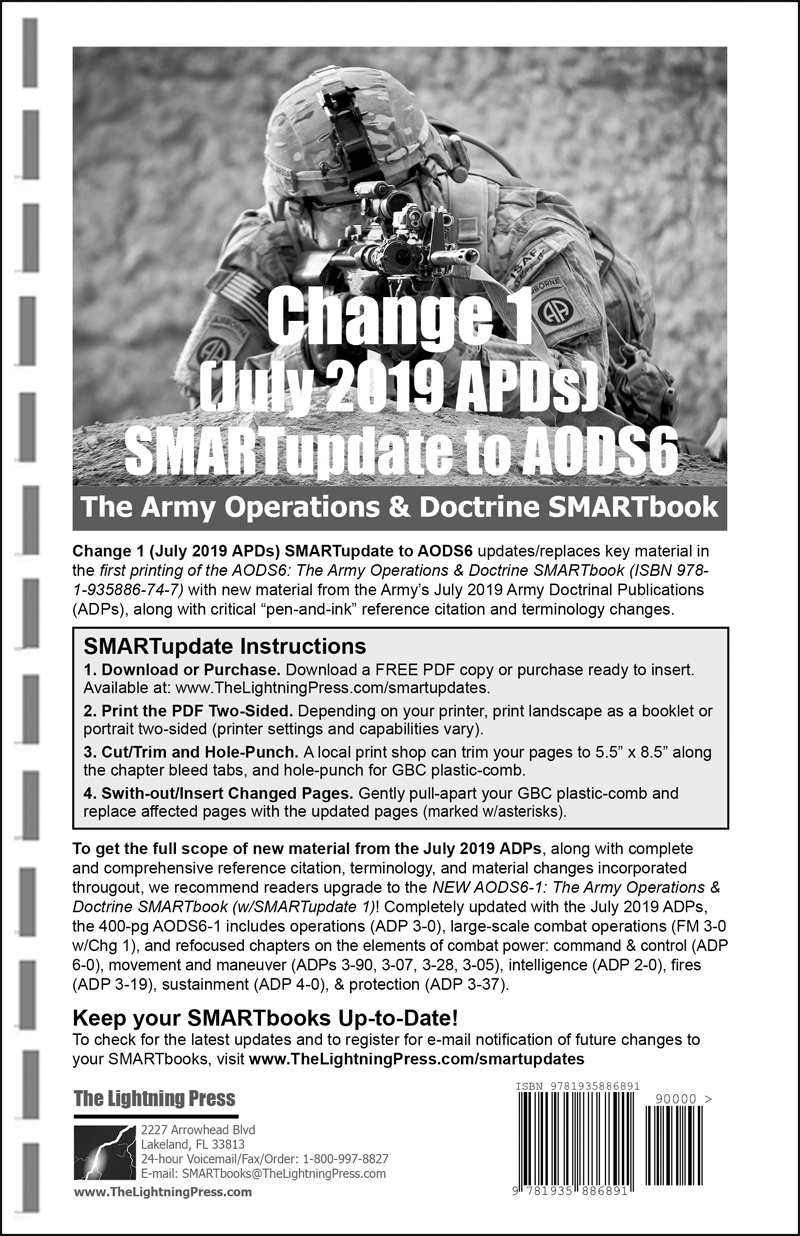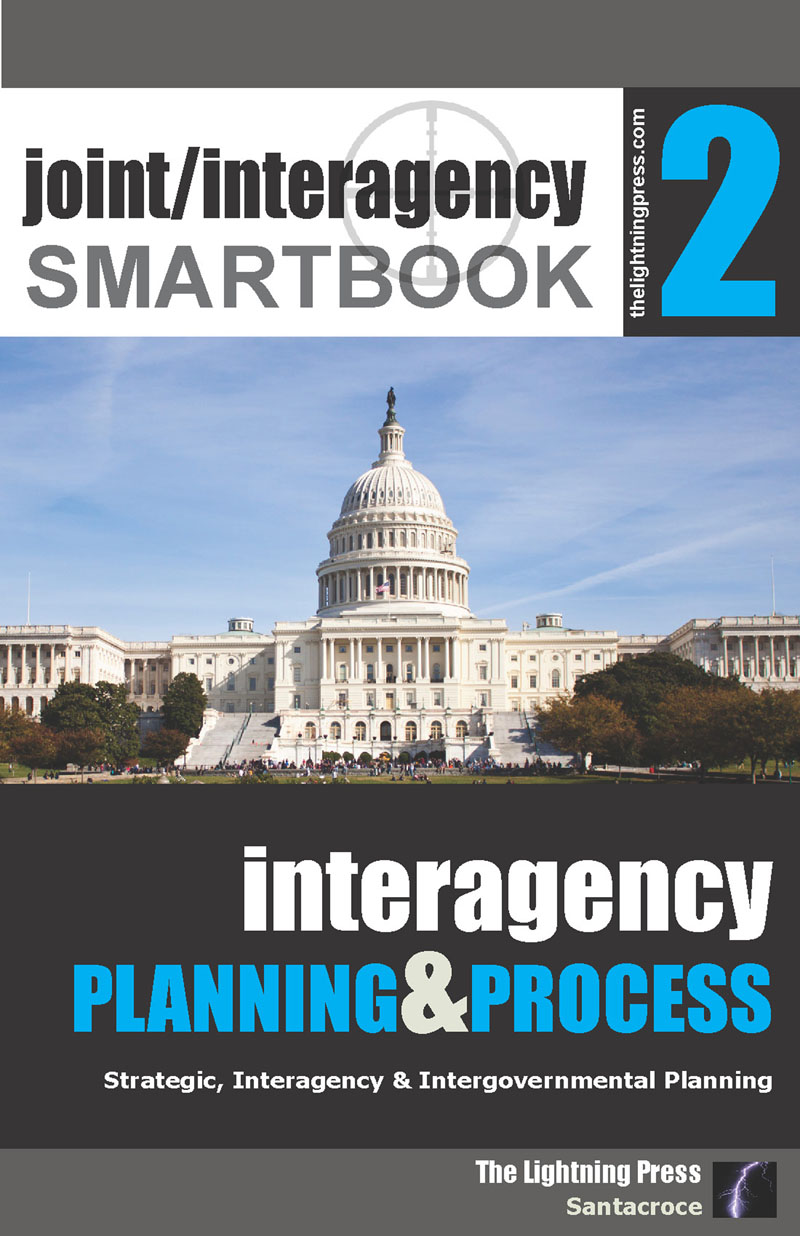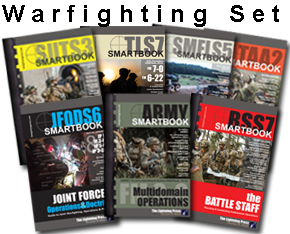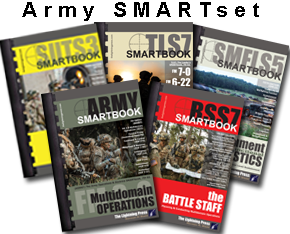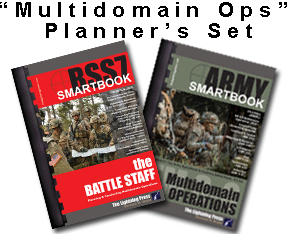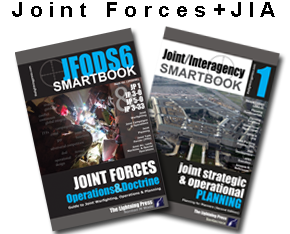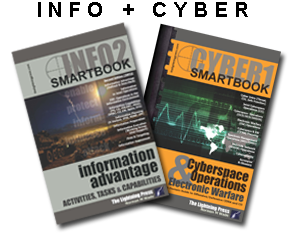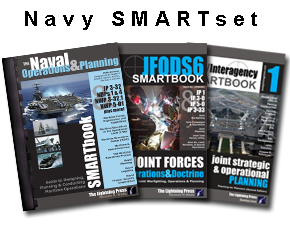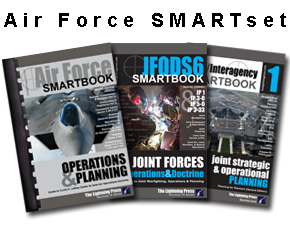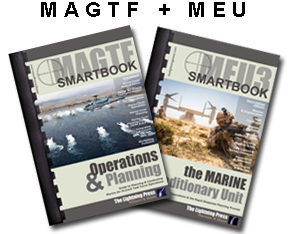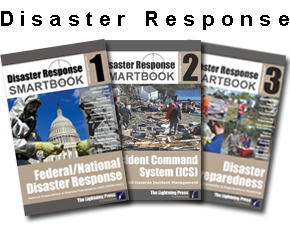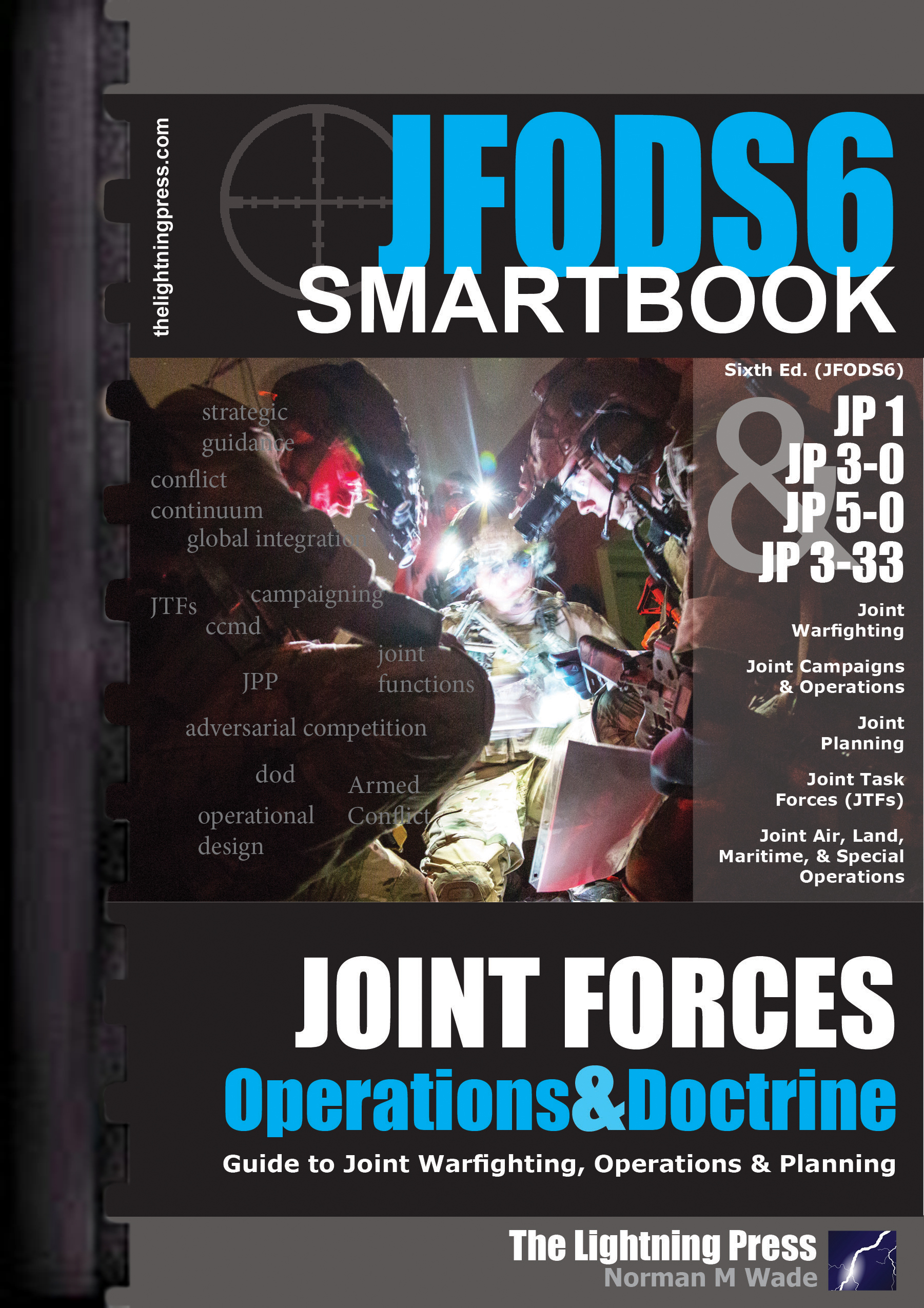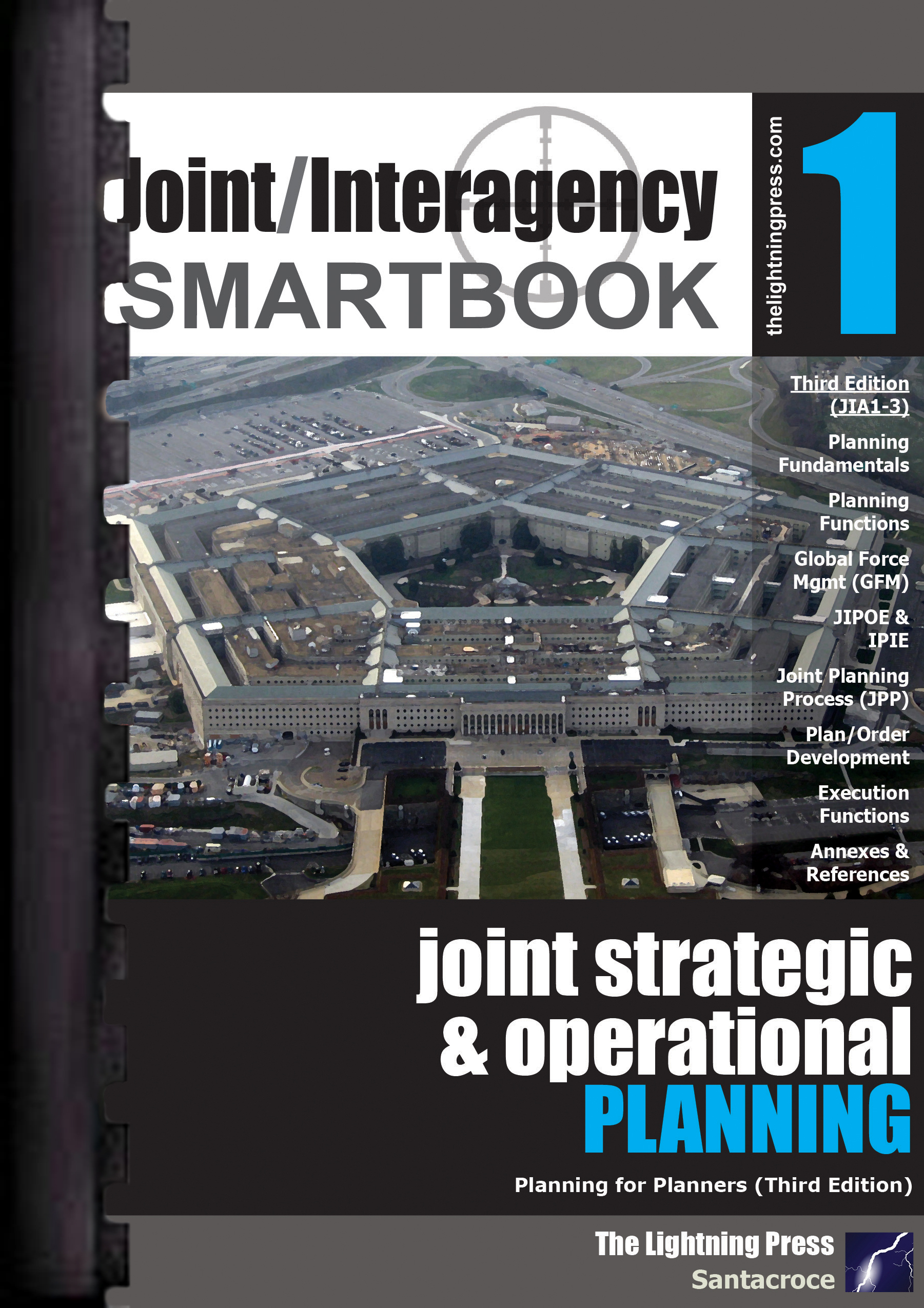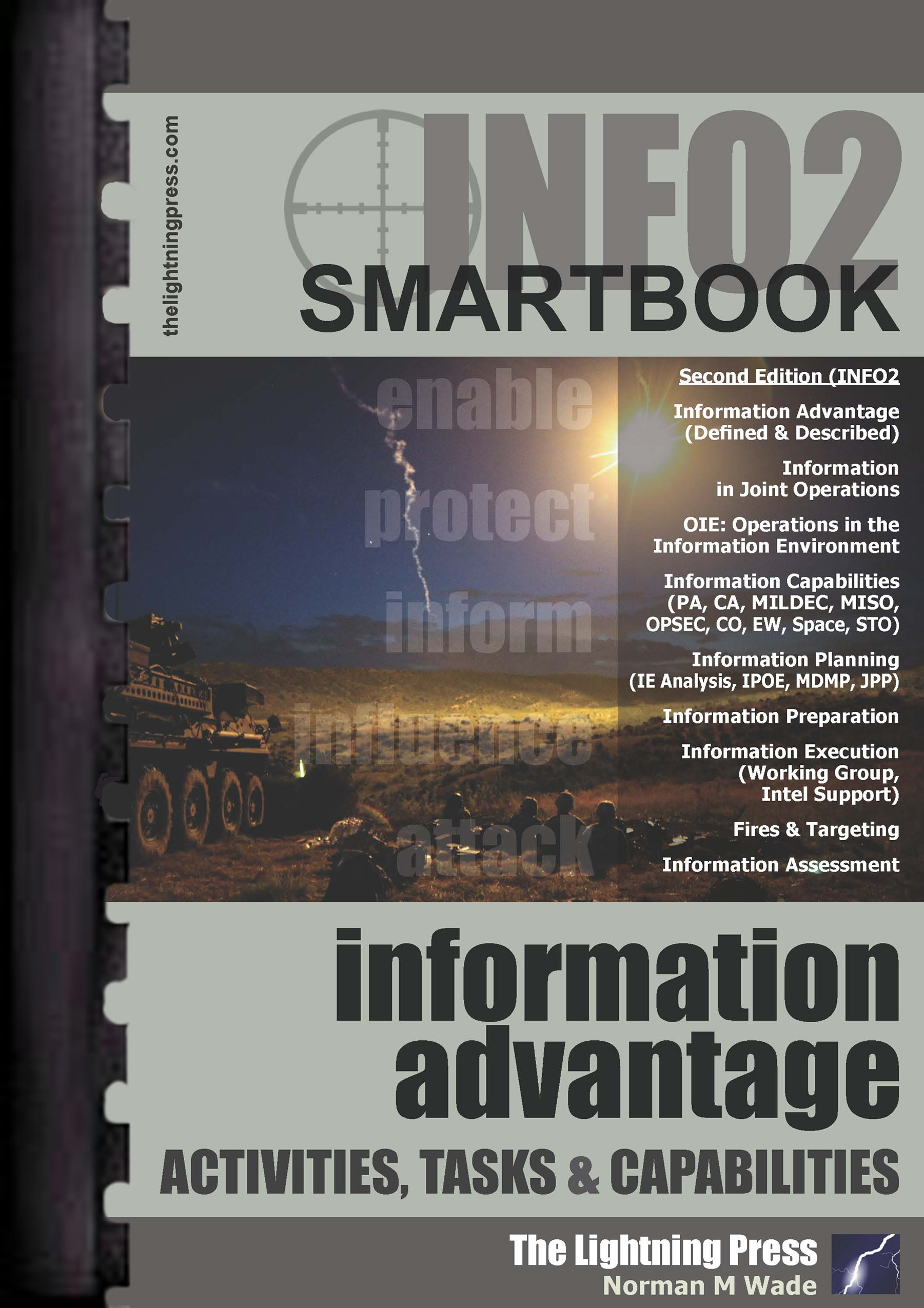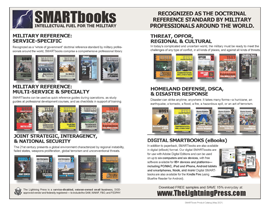Joint, Strategic, Interagency, & National Security
CTS1: The Counterterrorism, WMD & Hybrid Threat SMARTbook
ISBN-10 :1935886436
Release Date :May 19th, 2016
Norman M. Wade
Binding Type:Perfect Bind
Print Inside Pages:Black and White
Trim Size:5.5'' x 8.5''
Total Pages:384
UPGRADE / CONVERT this book to premium GBC Plastic-Comb binding!
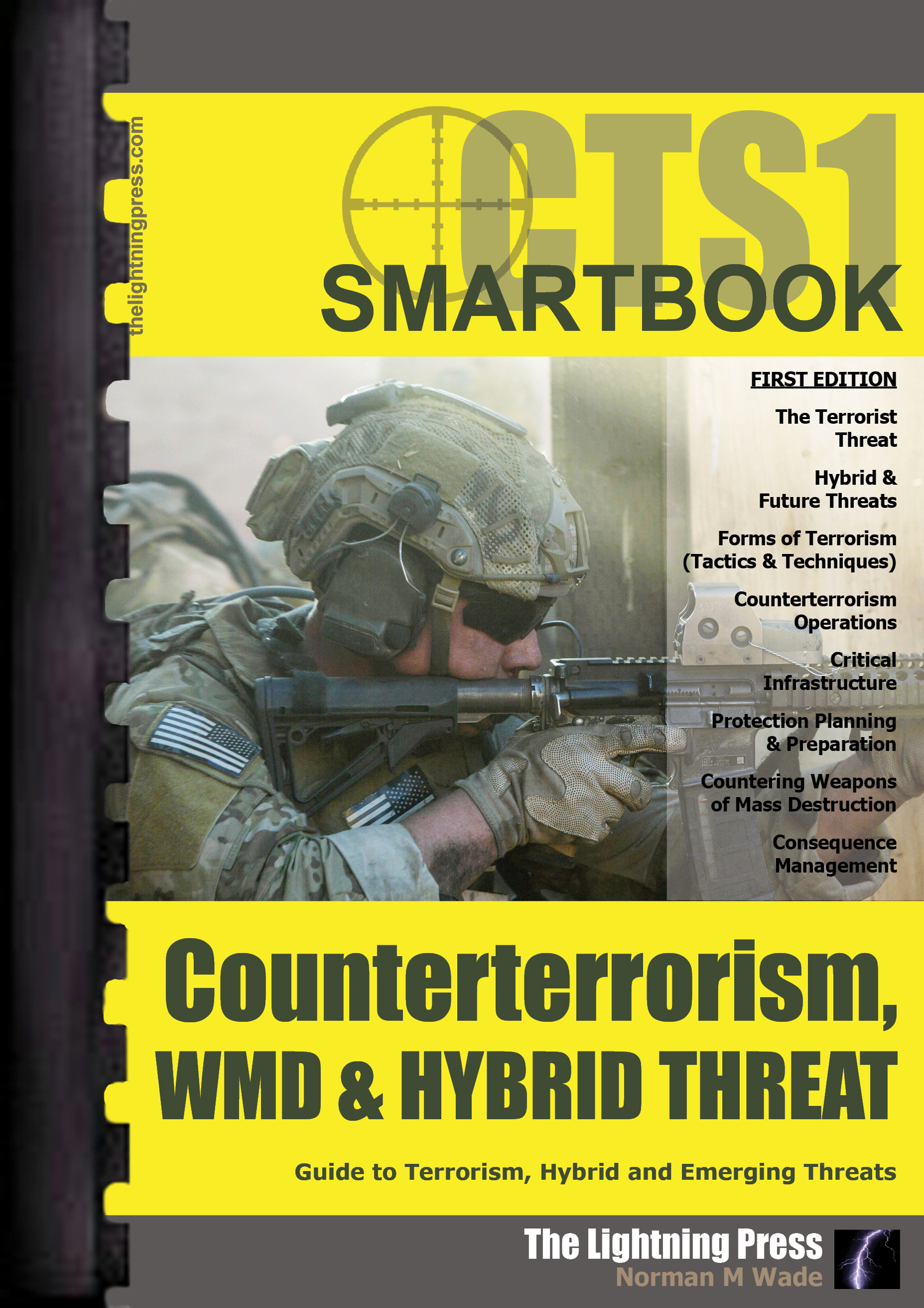
Guide to Terrorism, Hybrid and Emerging Threats
CTS1: The Counterterrorism, WMD & Hybrid Threat SMARTbook topics and chapters include: the terrorist threat (characteristics, goals & objectives, organization, state-sponsored, international, and domestic), hybrid and future threats (forces, organization, operations & tactics), forms of terrorism (tactics, techniques, & procedures), counterterrorism (strategy, fundamentals, command, planning, and operations) critical infrastructure (identifying weaknesses, risk management, and cyber threats), protection (warfighting function, supporting tasks, and planning), countering WMD (WMD weapons, planning, and execution), and consequence management (all hazards response, domestic, international and DoD-led CM).
* This is the second printing of CTS1 (Jul 2017), incorporating an updated DNI World Threat Assessment and additional materials from START/GTD. An asterisk marks changed pages.
Terrorism has evolved as a preferred tactic for ideological extremists around the world, directly or indirectly affecting millions of people. Terrorists use many forms of unlawful violence or threats of violence to instill fear and coerce governments or societies to further a variety of political, social, criminal, economic, and religious ideologies. Terrorists threaten the national power, sovereignty, and interests of the United States and our allies. Terrorists organize and operate in a number of ways. Some operate within transnational networks, others operate as small independent groups, and others operate alone.
A hybrid threat is the diverse and dynamic combination of regular forces, irregular forces, and/or criminal elements all unified to achieve mutually-benefiting effects. Hybrid threats are innovative, adaptive, globally connected, networked, and embedded in the clutter of local populations. They can operate conventionally and unconventionally, employing adaptive and asymmetric combinations of traditional, irregular, and criminal tactics and using traditional military capabilities in old and new ways.
Counterterrorism activities and operations are taken to neutralize terrorists, their organizations, and networks in order to render them incapable of using violence to instill fear and coerce governments or societies to achieve their goals. The purpose of CT is to disrupt, isolate, and dismantle terrorist organizations and networks to render them incapable of striking the homeland, US facilities and personnel, or US interests abroad. CT also includes crisis response operations to respond to imminent terrorist threats or incidents when preemption and preclusion are not successful. In addition to increasing law enforcement capabilities for counterterrorism, the United States, like many nations, has developed specialized, but limited, military CT capabilities.
Weapons of mass destruction (WMD) are chemical, biological, radiological, or nuclear (CBRN) weapons or devices capable of a high order of destruction and/or causing mass casualties. The terrorist threat is amplified by the proliferation of WMD and their potential use by terrorists. The existence of these materials and the potential for use by actors of concern precipitates the need to plan, prepare for, and counter their use.
Critical infrastructure is a term used by governments to describe assets that are essential for the functioning of a society and economy - the infrastructure. Protection is the preservation of the effectiveness and survivability of mission-related military and nonmilitary personnel, equipment, facilities, information, and infrastructure deployed or located within or outside the boundaries of a given operational area.
Consequence management refers to measures to protect public health and safety, restore essential government services, and provide emergency relief to governments, businesses, and individuals affected by the consequences of terrorism. Incidents involving CBRN material produce a chaotic and hazardous environment requiring immediate response to minimize pain and suffering, reduce casualties, and restore essential infrastructure. Responders at the local, state, and federal levels may be overwhelmed by the magnitude of the incident, and U.S. DoD forces may be requested to provide additional support through the national response framework (NRF).

